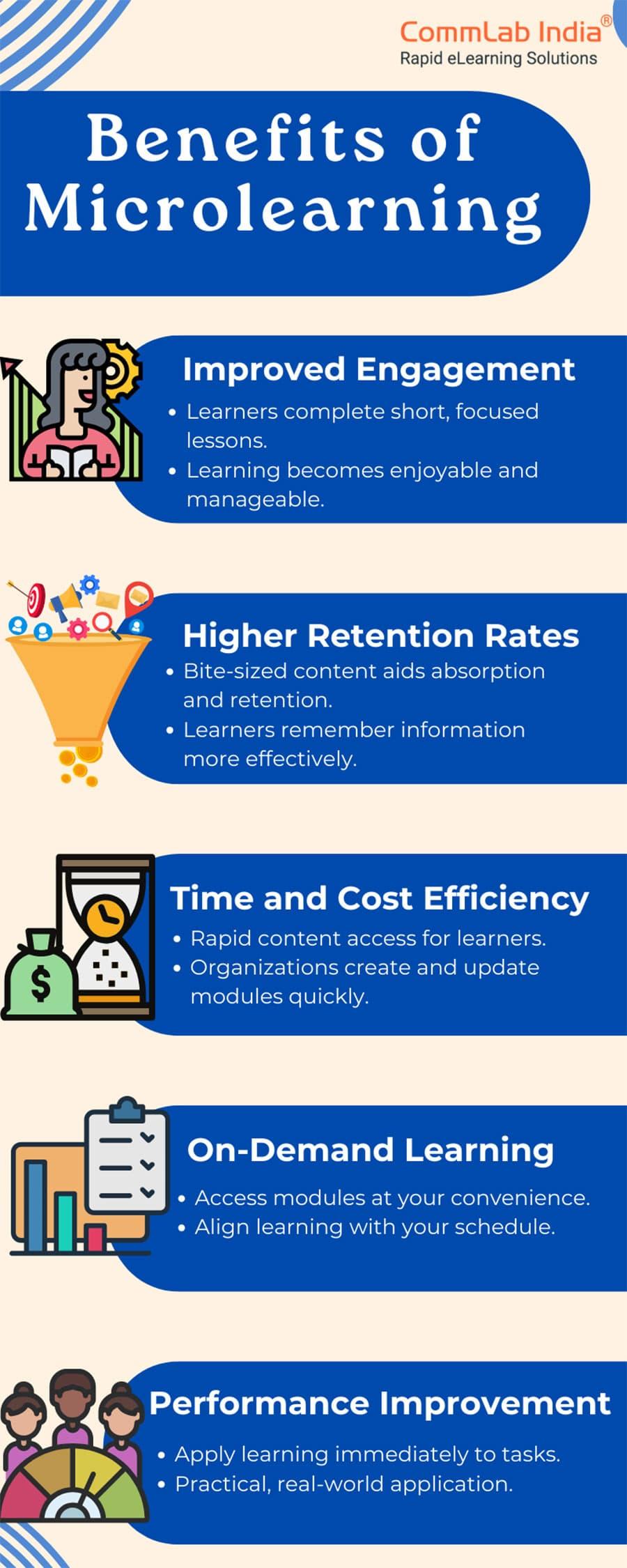How to Design Effective Microlearning Modules: Strategies for Engaging and Impactful Training
In the fast-paced world of corporate learning and development, microlearning has emerged as a game-changing approach to employee training. By breaking down complex topics into bite-sized modules, organizations can deliver highly effective and engaging learning experiences that promote knowledge retention and on-the-job submission. In this comprehensive guide, we’ll explore proven strategies for designing microlearning modules that are not only impactful but also boost engagement, motivation, and performance.
What is Microlearning?
Microlearning is an instructional strategy that focuses on delivering content in small, focused bursts—typically lasting between 2 to 10 minutes. This approach leverages brief modules, interactive elements, and multimedia assets to create targeted training experiences that fit seamlessly into modern workday schedules. Microlearning is ideally suited for mobile devices, on-the-job training, and just-in-time learning scenarios.
- Fast to consume – Learners can complete modules in short sessions.
- Highly focused – Each module addresses a specific learning objective.
- Engaging formats – Videos, quizzes, infographics, and interactive content are commonly used.
- Accessible anywhere – Content is optimized for desktops, tablets, and smartphones.
Benefits of Effective Microlearning in Training
Well-designed microlearning modules offer a wealth of advantages for both organizations and learners. Here are some of the top benefits:
- Higher engagement: Concise, interactive modules capture attention and minimize cognitive overload.
- improved Retention: Spaced repetition and focused content enhance memory retention.
- Faster skill Acquisition: Employees quickly learn and apply new skills, from compliance to software training.
- Cost-Effective: Reduces development and delivery costs compared to conventional training methods.
- Scalable and Flexible: Easily update or expand modules as new learning needs arise.
- Supports Self-Paced Learning: Employees learn at their own pace,increasing autonomy and satisfaction.
Key Strategies for Designing Engaging Microlearning Modules
To design effective microlearning modules, consider these proven strategies that maximize engagement and training impact:
1. Identify Clear Learning Objectives
Every microlearning module should address a single, specific learning goal. This ensures content remains focused and actionable. Use the SMART criteria (Specific, Measurable, Achievable, Relevant, Time-bound) to define objectives that align with business needs.
2. Embrace Visual and Interactive Content
Visual learning enhances understanding and recall.Incorporate videos, infographics, scenario-based simulations, and interactive quizzes. Interactive elements like drag-&-drop activities or clickable hotspots boost participation and deepen comprehension.
3. Chunk Content for Maximum Focus
Break down complex material into logical, easily digestible segments. Avoid long paragraphs or dense slides. Use bullet points, step-by-step instructions, and concise summaries to streamline the learning process.
4. apply Real-World Scenarios
connect training to real-life situations learners face in their roles. Scenario-based learning,role-plays,and case studies make abstract concepts concrete and foster immediate application.
5. Offer Just-in-Time Learning
Design microlearning modules that can be accessed exactly when needed—whether it’s before a task, during a workflow, or as a refresher. Ensure modules are searchable and categorized for easy access on demand.
6. Optimize for Mobile and Responsive Design
Today’s workforce is constantly on the move. Make sure your microlearning modules are mobile-pleasant, with responsive design, large buttons, and minimal loading times. Consider offline access for field-based learners.
7. Leverage Gamification Elements
Adding game dynamics like points,badges,leaderboards,and instant feedback increases motivation and creates a sense of achievement.Gamification also fosters healthy competition and social learning.
8. Test Learning and Reinforce Knowledge
Incorporate brief assessments at the end of modules—such as micro-quizzes or knowledge checks. Reinforce key concepts with spaced repetition and follow-up “boosters” to improve long-term retention.
Practical Tips for Microlearning Module Development
- Use Plain Language: Keep instructions and text simple and jargon-free.
- Employ Consistent Branding: Use your organization’s colors, logos, and fonts for recognition and trust.
- Limit Distractions: Avoid unneeded animations or cluttered screens that can detract from the core message.
- Plan for Accessibility: Provide captions, descriptive alt text, and ensure color contrast for inclusive learning.
- Gather Learner Feedback: Use surveys or analytics to refine and improve your modules iteratively.
Case Study: Microlearning Success in a Global Organization
One international tech company sought to enhance its software onboarding process for new hires. Traditional classroom sessions resulted in low completion rates and delayed application of key concepts.
by shifting to microlearning modules, each lasting under 5 minutes and accessible via mobile devices, completion rates soared to over 90%. Learners reported higher confidence in using core software tools, and managers observed a noticeable reduction in common onboarding mistakes within the first month of deployment. The key drivers of this success were clear objectives, scenario-based practice, and the ability to access content at the moment of need.
First-Hand Experience: Lessons Learned From Microlearning Implementation
As a learning designer, I’ve seen the power of microlearning first hand. One lesson stands out: less is truly more. When tempted to add extra content or explanations, it’s meaningful to remember the goal is focused, actionable learning. Users consistently praise modules that are short, direct, and relevant. Another tip? Iterate with feedback. Rapid prototyping and real-world learner input often uncover small usability tweaks that dramatically improve the overall experience.
Conclusion: delivering Engaging and Impactful Microlearning
Microlearning isn’t just a trend—it’s a proven solution for delivering effective employee training in a way that meets the needs of modern learners and busy workplaces. By understanding the principles of microlearning design, setting clear objectives, leveraging technology, and focusing on engagement, you can create modules that truly make a difference. Use these strategies and tips as a foundation as you build training programs that are not just comprehensive, but also memorable and immediately useful.
Start small,keep it simple,and always listen to your learners. The results will speak for themselves.

